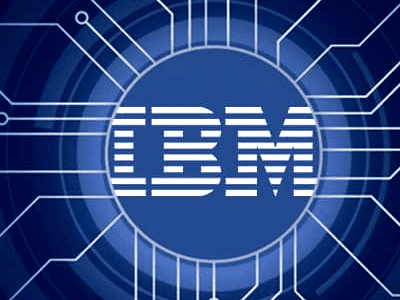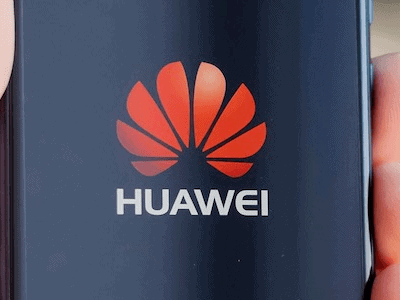To push manufacturing, India also needs an IBM
Share This Post
Recently, I had a chance to read an interesting book, ‘Strategy Rules’ by Prof David Yoffie of Harvard and Prof Michael Cusumano of MIT. This book is about five timeless lessons that one can learn from the management styles of Bill Gates, Andy Grove and Steve Jobs.
While it is one of the essential books for anyone aspiring to be a leader in a modern era organization, there is an interesting lesson for the Indian manufacturing as well.
The government over the past few years has been proactive and hyperactive about making manufacturing happen in India, essentially, hitech manufacturing in the domain of ESDM (Electronics Systems Design & Manufacturing). This means India aspires to have its own electronics — be it for consumers, enterprises, defence, healthcare and what not.
While reading through ‘Strategy Rules’ and realizing the struggle that Bill Gates and Steve Jobs had to go through, despite perhaps being at the right time, I came across an interesting factor that led to the success of Bill Gates. And that is IBM!
IBM showed the confidence in Bill Gates and Microsoft which wasn’t well established at that point of time. He was struggling, not too much into the dynamics of business and honestly, perhaps was unsure of the product and its impact. But, it was IBM which gave him a chance. It was not the government in US.
This is an important learning for the entrepreneurs as well as the enabling ecosystem. While, the entrepreneur has to be by it and expect at most the facilitating role of government, it is also important for the existing potential market, especially the big enterprises to anchor a start-up. You don’t have to adopt a start-up but allow them to compete, to be heard and to present their solutions to your needs. This is what is missing.
Often interacting with start-ups, I realize their idea and product is perhaps Wow! They even have been able to secure funding. Have been able to seep through the value chain and supply chain to get their things ‘tangibalised’. But, what is not happening is that first BIG break. This is what IBM did for Microsoft. They approached Microsoft for the DOS OS and it was not poor Gates who had to sweat pillar to post to sell his product. I don’t want to undermine his efforts and struggle. But, he got that first anchoring company to take Microsoft to where it is today.
Why it is important for a start-up to have an anchoring company is proven by what Bill Gates was initially feeling about the IBM’s requisition for an OS. Quoting, Strategy Rules, “Gate’s first response was that he wasn’t in that business.” This is absolutely how the mind of an entrepreneur thinks. An entrepreneur, at times, doesn’t imagine beyond the basic premise. Same had happened to Bill Gates. His idea was that the OS can only run a Microprocessor. But can it be a PC OS; perhaps he wasn’t sure or hadn’t thought in that way. This is where IBM mentored him that led to the emergence of Microsoft first with DOS and then Windows.
The large enterprises have a procurement process and just to get enrolled in it is a big achievement where every start-up won’t be lucky. The procurement team prefers to play safe and go with established brands only. It has to be an intervention at the CEO level of such organizations to encourage start-ups as well.
So, while the entire nation waits for the manufacturing to pick up in the country and we see ‘Make in India’ products with considerable value addition within the country, the start-ups would also want to be anchored by a large enterprise. Who would then be the IBM for these start-ups is a big question mark?
At least companies like IBM, Infosys, Wipro, TCS and HCL can make the beginning by setting aside a small portion of their annual purchase for start-ups. Of course, they will have the right to make them burn mid night oil to come up to their expectations with respect to quality and assurance.
First published in Dataquest on June 3, 2015













